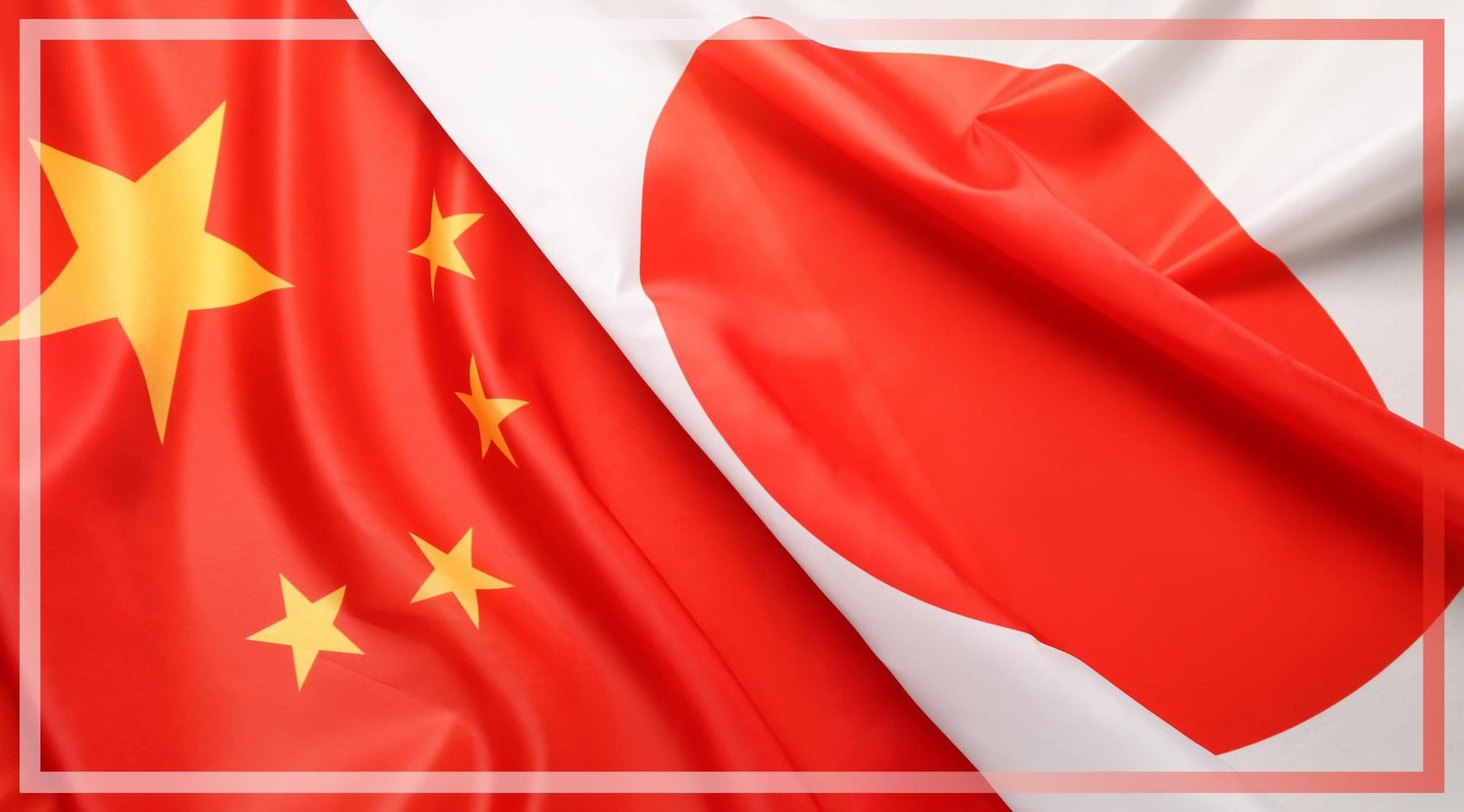In the early part of this century, Japan started to face several challenges which became embedded in its economy for years to come. Weak rates of growth. Low rates of inflation, or even deflation, despite huge amounts of support from the central bank. Rock bottom – or negative – interest rates. High rates of debt. Market and regulatory rigidity. Aging populations and the spectre of demographic decline. These are now some of the characteristics of “Japanification,” a term used to refer to the economic problems faced by many developed economies in Asia and around the world.
Some have argued that Japan’s immediate neighbour, South Korea, is facing potential Japanification. Jaejoon Woo, former Chief Korea Economist at Bank of America Merril Lynch in Chicago, told Disruption Banking last year that there are “ticking time bombs” under the Korean economy which mean “the trajectories are concerning.” But it is another major Asian economy, China, which economists and foreign investors now most fear could be going the same way as Japan.
"Demographic problems. Private and public indebtedness. Market and regulatory rigidity. A struggling currency. Could Korea be going the same way as Japan? Jaejoon Woo certainly believes that “Japanification” is a potential trend." @DisruptionBank:https://t.co/pNeFILJSJf
— Harry Clynch (@clynchharry) December 6, 2022
Hui Shan, Goldman Sachs Research’s China Economist, wrote a paper for the investment bank recently in which she writes that there are key similarities between Japan and China’s experience – with China in some ways appearing to be in a worse position than Japan was in the mid-1990s. For one, China’s crude birth rate is worse than that previously seen in Japan. The figure has fallen further, declining to 0.75% in 2022, with medical experts believing it may not have bottomed yet.
Demographic decline inevitably leads to weaker national growth because there are fewer human resources available for manufacturing and consumption, with an ever-smaller productive population increasingly burdened with supporting a growing old-age, and less economically active, population.
The weakness in China’s property sector is also a cause for concern. Goldman Sachs note that housing prices are currently running at twenty times household income in China, versus eleven times in Japan in 1990. The urban residential property vacancy rate is also around 20% in China, more than double that of Japan in 1990. Residential investment, furthermore, represents approximately twice the share of China’s GDP compared with Japan in 1990. This means that China is much more exposed to a bursting of the real estate bubble and declines in asset prices. “The direct impact from a housing slump to the real economy would be bigger in China than in Japan,” in Shan’s words.
*Remember China’s Evergrande? Their debt crisis is getting even worse as assets sink to liabilities
— Adem Tumerkan (@RadicalAdem) March 24, 2023
China is nearing a japanification/debt deflation style dilemma as balance sheets are forced to repair (Aka deleverage)
That will keep growth anemic pic.twitter.com/NFNRRCcLJs
However, Shan is optimistic that China could avoid Japanification, with several bright spots remaining in the economy. Investment in electrical machinery and manufacturing is one promising area Shan identified, with China appearing to be on the front lines of the industries of the future, such as electric vehicles.
Given that the full potential of these industries is yet to be reached, this could mean China will see relatively slow rates of growth for the short-term, but that this will be reaccelerated in the medium to long-term. “During this process, growth is expected to be soft before the new engine reaches a scale that is comparable to the old engine,” she said. “These are mild symptoms of Japanification that will stay with China for at least a few years in our view.”
Furthermore, China’s stock markets remain relatively strong – another key difference to the Japan of old. Tokyo was seriously affected by plunging share prices in the early 1990s, a trend which was reinforced towards the end of the decade when the Asian Financial Crisis hit, with this instability also spilling over into the banking system. While China’s stock markets have not truly recovered after the turbulence of the coronavirus pandemic – the Shanghai Stock Exchange Composite Index is down just over 1% since the start of the year – they are far off the extreme volatility seen in Japan.
Another positive that Shan identified is that Chinese companies have the potential to invest capital in infrastructure and human resources. Japanese companies in the 1990s struggled to invest given balance sheet-related financing constraints. Chinese companies are also not investing, but for the reason that regulatory restraints and policy unpredictability make doing so more difficult.
These set of conditions are far from ideal, of course, but have an easy answer. The Chinese government could avoid the fate of Japanification relatively easily – it just needs to introduce measures to free up capital and encourage investment. There are signs that the country’s new finance minister, He Lifeng, intends to do this.
In the short-term, He Lifeng’s appointment is likely to boost growth and stimulate the Chinese economy – something that is, of course, much-needed as the country battles sluggish economic performance. But for how long will that last? #Chinahttps://t.co/uB60qQVrN8
— #DisruptionBanking (@DisruptionBank) January 19, 2023
The current economic conditions should serve as a warning to China. Japanification is possible but not inevitable. Goldman Sachs Research noted several practical measures the Chinese government could take to avoid economic stagnation and decline – including stabilising policymaking, releasing capital investment in the private sector, restructuring troubled property developers, and encouraging more household consumption.
“Policy predictability and coordination are important for investment demand from the private sector,” Shan said. “The Chinese economy doesn’t have to follow Japan’s path in the 1990s.”
Author: Harry Clynch
#China #Japan #Asia #Japanification #Evergrande















